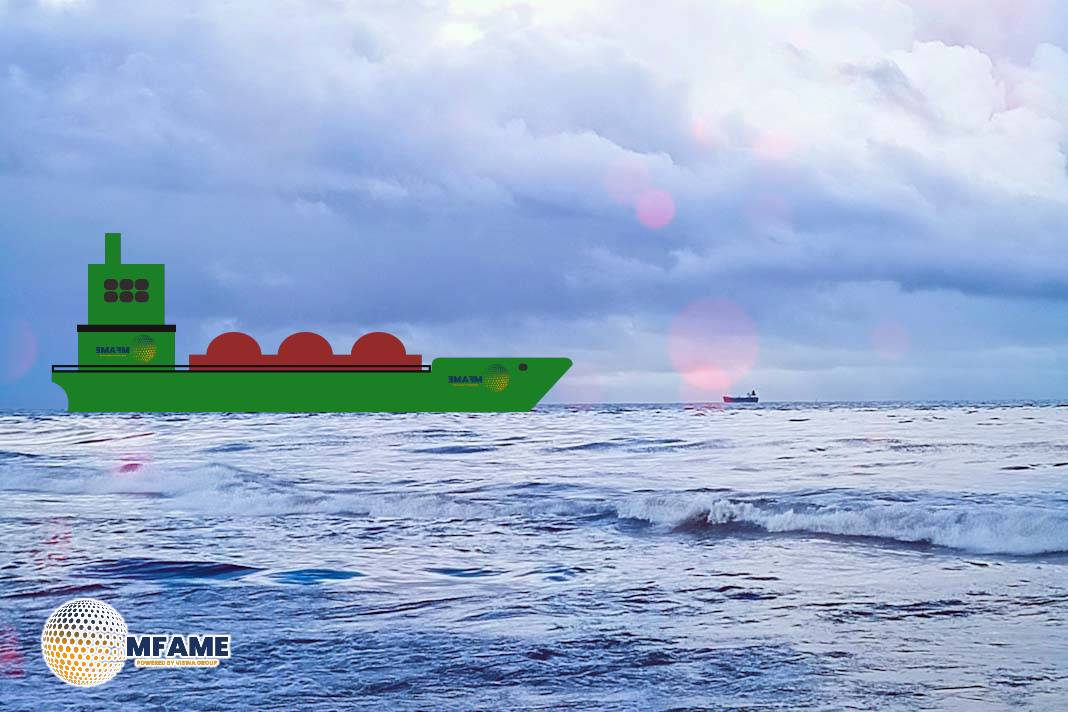The global natural gas market remains susceptible to geopolitical tensions, a fact highlighted by recent events in the Middle East. While major energy chokepoints largely remained open, localized disruptions, particularly to Israel’s gas exports, created significant ripples in the market.
Geopolitical Impact on Gas Markets
The recent conflict between Israel and Iran, which escalated in June, underscored the Middle East’s critical role in global energy security. The region is a major contributor to global energy, accounting for 30% of global oil, 18% of global gas production, nearly 25% of LNG supplies, and a third of global urea exports. The conflict immediately led to price volatility across commodity markets.
- European TTF month-ahead prices surged by 18% to $14/million British thermal units (MBtu) between June 10 and 19.
- Asian spot LNG prices (JKM) rose by 16% to a four-month high of $14.8/MBtu. The primary driver for this price spike was the “fear of a potential escalation of the conflict leading to the closure of the Strait of Hormuz,” a crucial chokepoint for global oil and LNG trade.
Localized Disruptions and Asian Vulnerability
While fears of a Strait of Hormuz closure did not materialize, and LNG exit flows actually increased by 9% year-on-year, localized impacts were still evident.
- Israel halted natural gas production at the Leviathan and Karish fields between June 13-25 and temporarily stopped piped gas exports to Egypt and Jordan due to rising security concerns.
- Iran reportedly saw a reduction of 12 million cubic meters per day (mcm/d) in output from a platform at South Pars Phase 14 following attacks, and also halted ammonia and urea production. While production and trade flows were largely restored after a ceasefire on June 24, the events highlighted the fragility of regional interdependencies.
Asian markets are particularly vulnerable to disruptions in the Strait of Hormuz. In the first half of 2025, about 85% of total LNG flows from the Strait were destined for Asian markets. China and India are the largest customers for Qatari and UAE LNG, collectively accounting for almost 45% of total exports through the Strait. For countries like Bangladesh, India, Pakistan, and Chinese Taipei, Qatari and UAE LNG supplies meet more than a quarter of their natural gas demand, making them “particularly vulnerable to potential disruptions.”
Reassuring Outlook for Global Gas Supply
Despite the recent anxieties, the broader outlook for global gas supply is more optimistic.
- Following a period of slow growth, global LNG supply is projected to see its “fastest pace since 2019” in 2026.
- This acceleration is driven by new projects in the US, Canada, and Qatar, including the Plaquemines LNG facility, the Corpus Christi Stage 3 expansion, and LNG Canada.
- For 2025, global LNG supply is expected to increase by 5.5% (or 30 bcm).
- In 2026, this growth is forecast to accelerate to 7% (or 40 bcm).
According to Keisuke Sadamori, the IEA director of energy markets and security, the “wave of LNG supply that is set to come online is poised to ease fundamentals and spur additional demand, especially in Asia,” shifting the backdrop for global gas markets in the coming years.
Did you subscribe to our daily Newsletter?
It’s Free Click here to Subscribe!
Source: Baltic Exchange
























